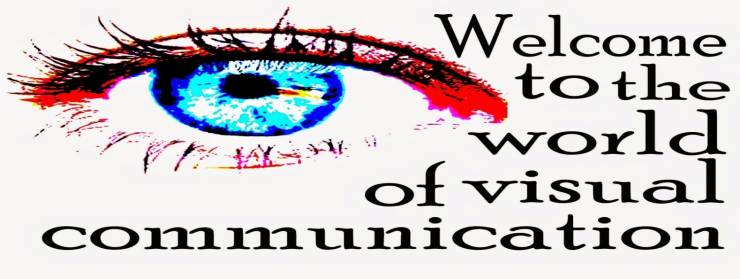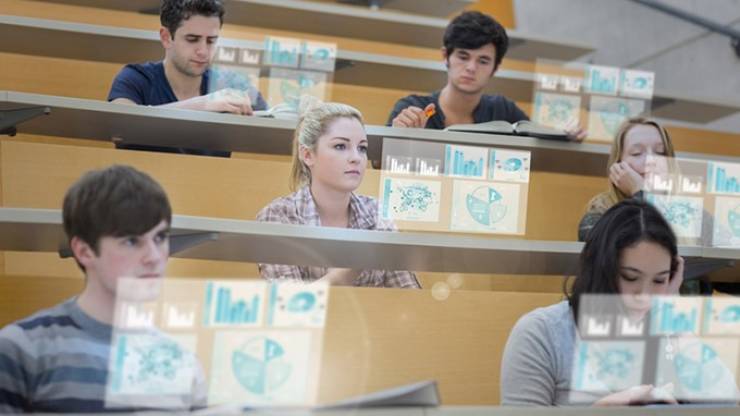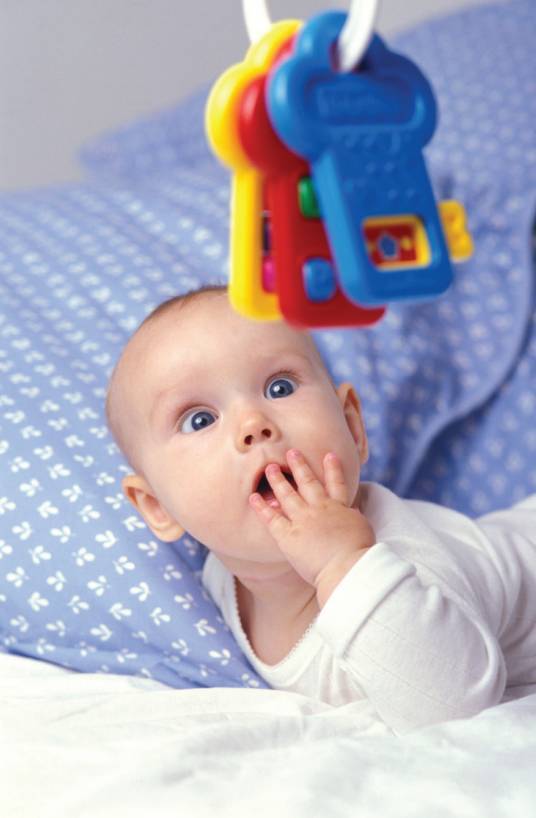Have you ever thought about how pictorial illustrations effectively impact learning? You must be familiar with the adage, “a picture tells a thousand words.” Pictures are teaching aids that can optimally be used to boost understanding of concepts, including the often perceived complex studies. They enhance information, communication, and pattern assimilation among learning groups. What’s more?
Science Facts and the Benefits
According to science, visual aids are a form of communication that quickly draws interest among learners or people when explaining concepts. As instructional materials, they not only encourage and stimulate sensory body organs to process information better but also make learning appear practical, accurate, and actively engaging.
Educative pictures can take the form of video presentations, charts, real objects, pictorial models, maps, and slides, among other means. Images are a form of visual education that might not be necessarily written, gestural, or oral but also uses designs, colors, shapes, and marks to pass messages. Common examples include signs on the road, restrooms, restaurants, and train stations, among other places.
However, scientific innovations have equally introduced new technological devices that support pictorial views and analysis in different forms. As technology evolves, emerging innovations are likely to change how accurate and analytical humans can interpret and understand pictures, primarily through artificial intelligence.
Learning through pictures helps students increase information retention in the brain by up to 42 percent. As learners develop better engagement with materials, they also gradually develop high-order critical thinking capabilities. Picture education enhances tactical hand-eye connections that increase the ability to remember facts and relate visuals.
At the same time, getting education through pictorial illustrations helps people with diverse learning abilities process data exceptionally. For instance, students with autism spectrum and learning problems can tap into their interventional skills better when looking at pictures to understand ideas being communicated without assistance.
How Pictorial Literacy Works
Education through pictures often appears pure and natural, but it is way more of a complicated process that we usually comprehend. Learning engages personal conceivable visual, linguistic, literacy, and communication skills. Picture learning involves a visual trial model with three components; decoding, imaging, and encoding.
Once a person decodes a picture, the mind understands and translates messages. The imaginative aspect creates interpretations that manipulate the mental imagery models to encode them as conceivable data. The human visual literacy is significant when critically analyzing pictures. However, this depends on a person’s accuracy in judgment, information validity, and valuation.
For example, consider a student who encounters complex educative pictures, graphs, or charts and seeks research paper services for expert construal. In such a case, the student might, at the time, be able to read but unable to interpret and analyze the visual messages meticulously depending on the literacy level.
However, informed experts who might have a second look at the pictures could go a step further to comprehend its meaning and draw relevant, valuable data for a detailed, accurate response. As a result, they embrace the three components of decoding, imaging, and encoding to come up with a satisfactory conclusion about the pictorial, which can influence better decision making.
When Does Pictorial Education Begin?
At an early infant stage, human beings begin their learning journey through visual means and modes. For example, you will notice young babies can relate or be distracted by colors, objects, or specific pictures that attract their attention.
It is a form of education they undergo through pictures while maturing and interacting with the world. Children learn a lot through images at an early age before they fully develop oratory and writing skills. Equally, learners can carefully observe and analyze images for clarifications.
Visual or pictorial education is something you go through every second, both actively and inactively. When driving to work, reading, or eating, the human visual conceptualization of the surrounding is active. Such capabilities help in understanding a series of instant image elucidations to influence decision making.
Wrap Up
Perfecting visual education and skills can influence better communication and increase the chances of drawing informative conclusions. However, it doesn’t mean if you are good at figurative interpretation, it means you are a skilled writer. The reason being, we all have diverse intelligence and capabilities in analyzing pictures to learn, situations also affected by health and environmental influences, among other aspects. So, how good is your pictorial learning? Well, developing this observatory and analytical ability is essential, especially if you want to pursue a future career that heavily relies on visual intelligence.






